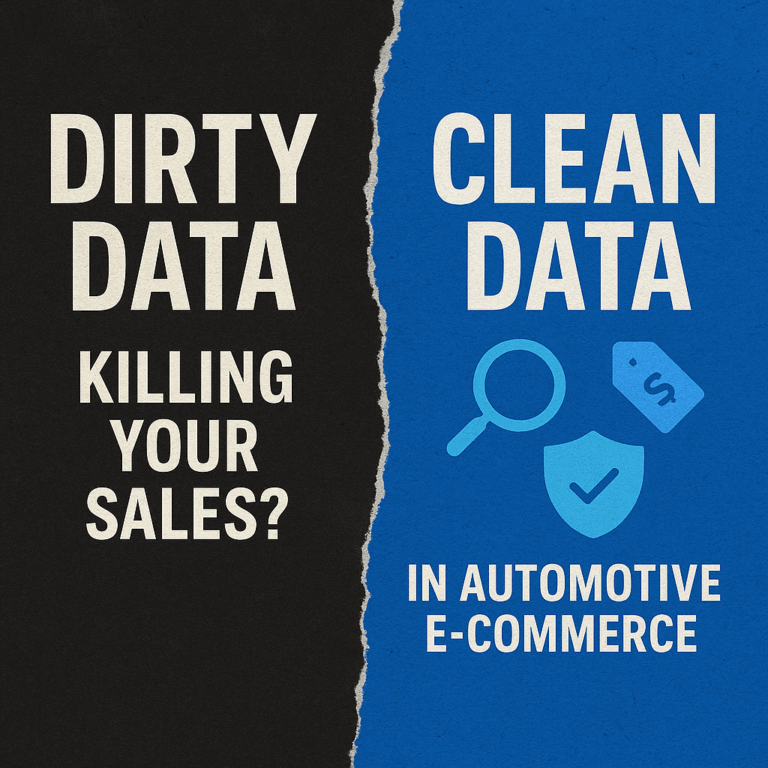

Online store owners are constantly in search of new ways to streamline their operations. With eCommerce growing at a ferocious rate, it becomes more and more necessary to deliver orders to your customers with accuracy and efficiency. Continued loyalty of customers might even come to depend on your ability to fulfill their unique specifications while still ensuring that orders are processed and shipping quickly and efficiently. Order synchronization and automation are the keys to achieving this.
What is the normal process without order synchronization? Well, something like this:
This is a far cry from the ideal scenario, where your store receives customer order electronically in a clean and consistent format, which is then automatically translated into a sales order, which is then communicated to the supplier in the exact format they require, fulfilled, and the confirmation automatically received by you in a form that can be instantly transmitted back to the customer. The advantages of this process over the old one should be self-evident: your team can stay focused on doing what they do best – creating excellent products and, marketing them and making sure your customers remain satisfied. Better still, automating your order synchronization process decreases human error so you don’t have to worry about your store’s reputation being trashed at Amazon, Ebay, or some other crucial supplier.
Until recently this scenario has not been possible, but now it is. We can reduce your cost per transaction, shorten your dispatch time, and virtually eliminate the manual steps of the whole order fulfilment process. And we can automate this entire process for you, without you having to learn to use any new tools, or wade through any technical mumbo jumbo!
With order synchronization our system will automatically:
Does that sound simple? That’s because it is! Sometimes you want to keep your order process simple, and keep the details to a minimum, but then when you go to your supplier they might have 5-10 shipping methods! We can help you pick the shipping and routing methods that will best streamline your process while still maximizing satisfaction to your shoppers. If yours is not a big store, that’s not a problem. Our solution works for all sizes of stores from a mom-and-pop style startup to a entire online marketplace. Whatever the size of your operation, Data Here-to-There’s Order Synchronization will virtually eliminate your manual labour and potential for human error.






| Cookie | Duration | Description |
|---|---|---|
| cookielawinfo-checkbox-analytics | 11 months | This cookie is set by GDPR Cookie Consent plugin. The cookie is used to store the user consent for the cookies in the category "Analytics". |
| cookielawinfo-checkbox-functional | 11 months | The cookie is set by GDPR cookie consent to record the user consent for the cookies in the category "Functional". |
| cookielawinfo-checkbox-necessary | 11 months | This cookie is set by GDPR Cookie Consent plugin. The cookies is used to store the user consent for the cookies in the category "Necessary". |
| cookielawinfo-checkbox-others | 11 months | This cookie is set by GDPR Cookie Consent plugin. The cookie is used to store the user consent for the cookies in the category "Other. |
| cookielawinfo-checkbox-performance | 11 months | This cookie is set by GDPR Cookie Consent plugin. The cookie is used to store the user consent for the cookies in the category "Performance". |
| viewed_cookie_policy | 11 months | The cookie is set by the GDPR Cookie Consent plugin and is used to store whether or not user has consented to the use of cookies. It does not store any personal data. |